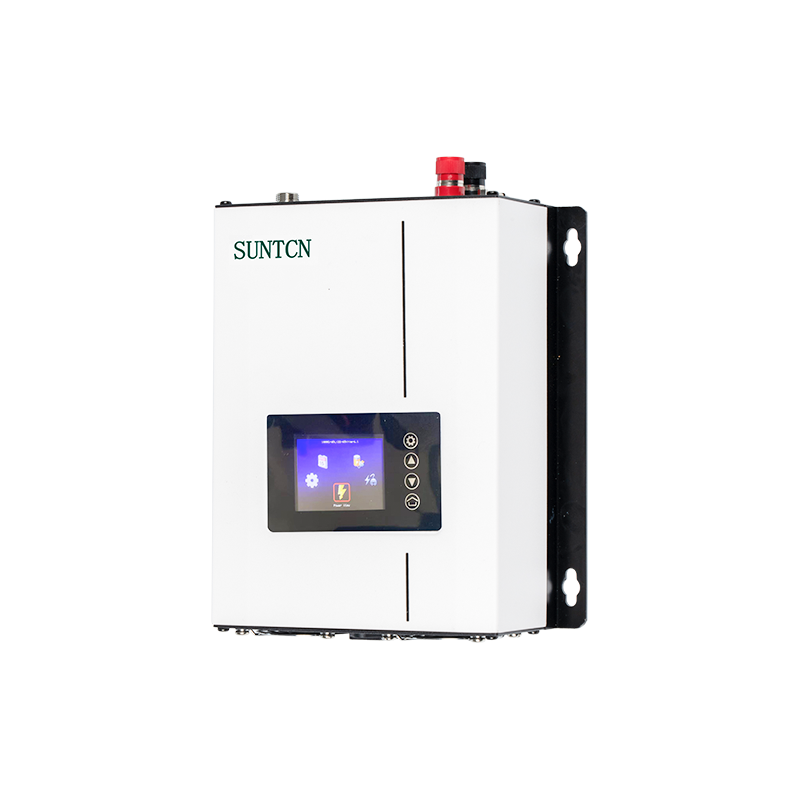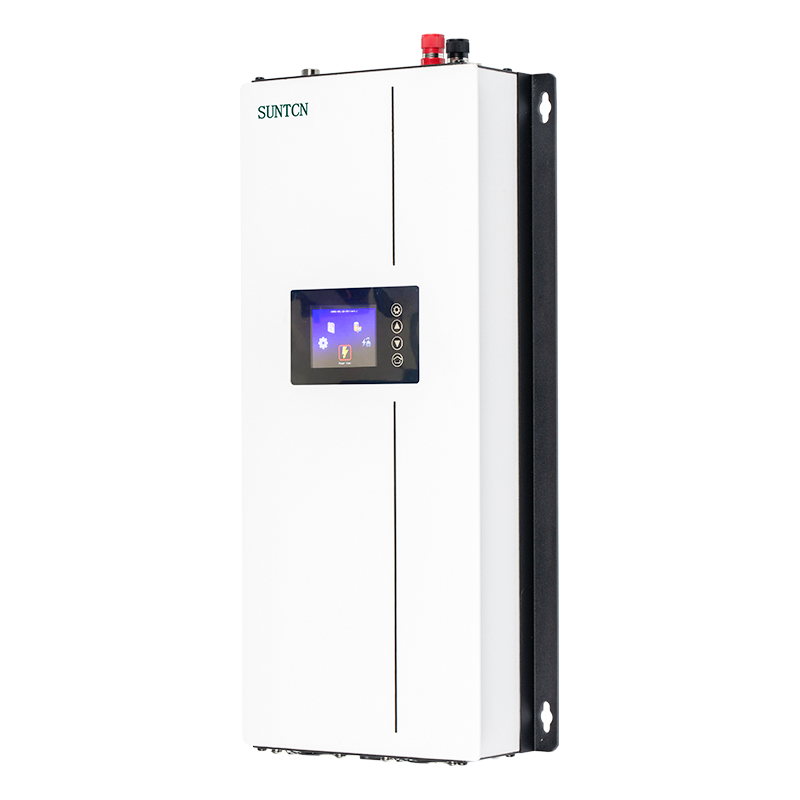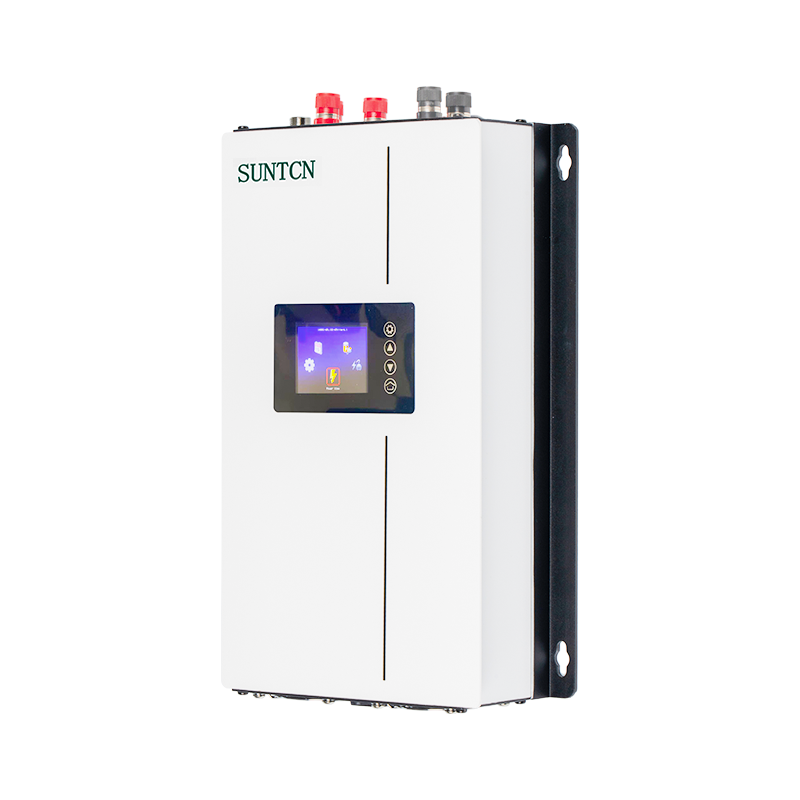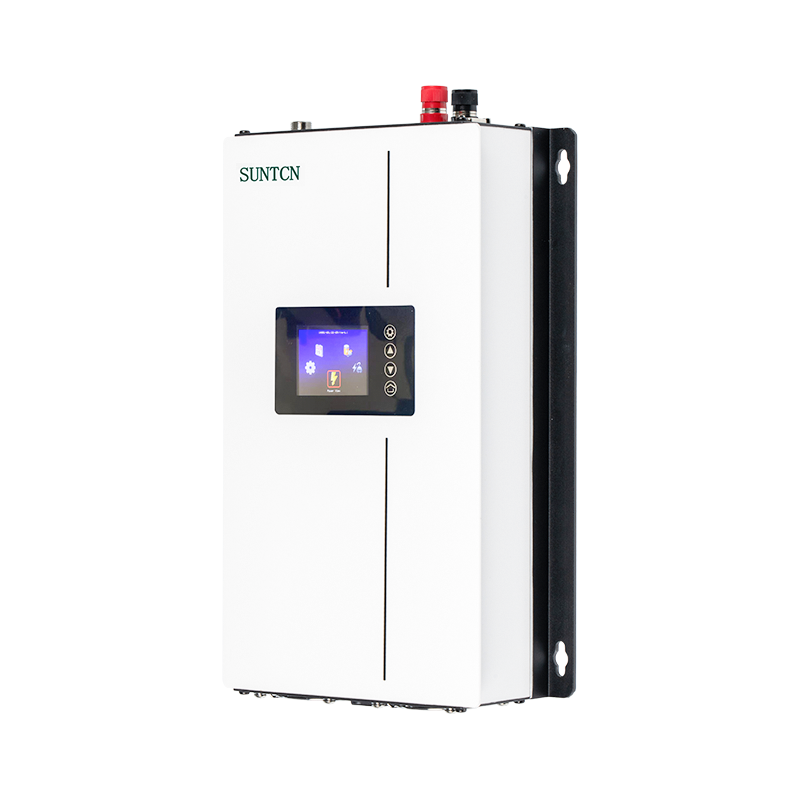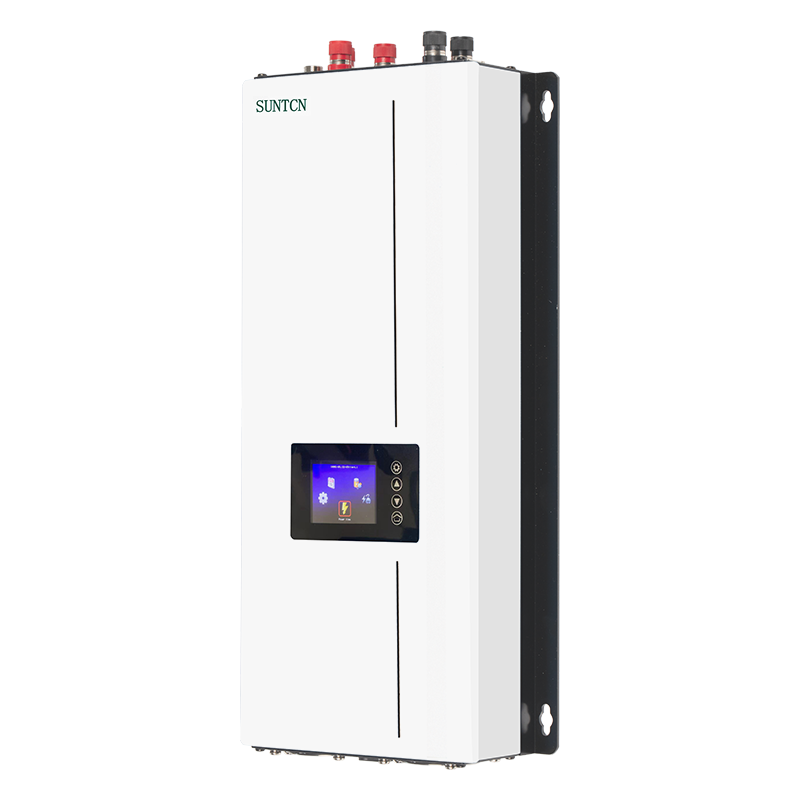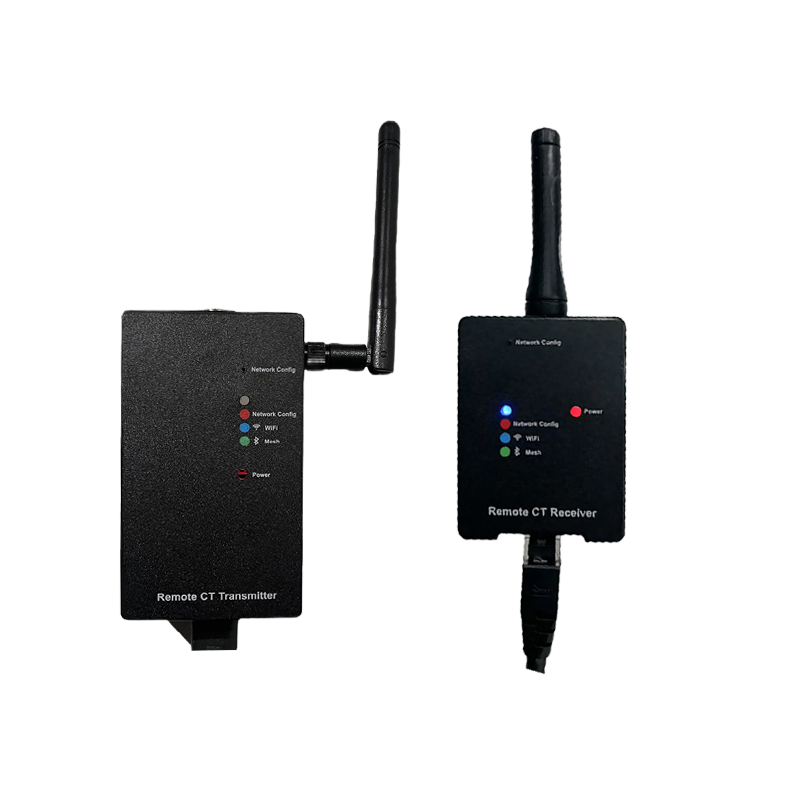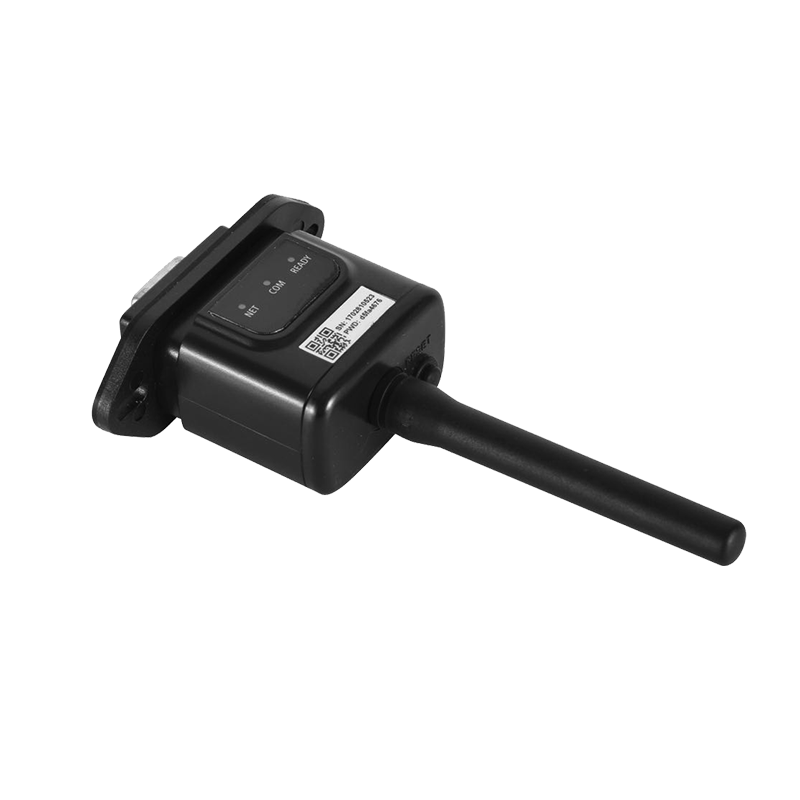The performance of a Wind Grid Tie Inverter under different wind conditions depends on several factors, including the design of the inverter, the characteristics of the wind turbine, and the specific wind conditions. Here’s how it typically performs under various wind scenarios:
Low Wind Speeds:
Performance: At low wind speeds, the wind turbine generates less power, and consequently, the inverter receives lower DC input.
Efficiency: Modern grid-tie inverters are designed to operate efficiently even at lower power levels, but the overall energy output will be limited by the reduced wind energy.
Cut-In Speed: There is usually a minimum wind speed (cut-in speed) required for the turbine to start generating power. If the wind speed is below this threshold, the inverter will not receive any power to convert.
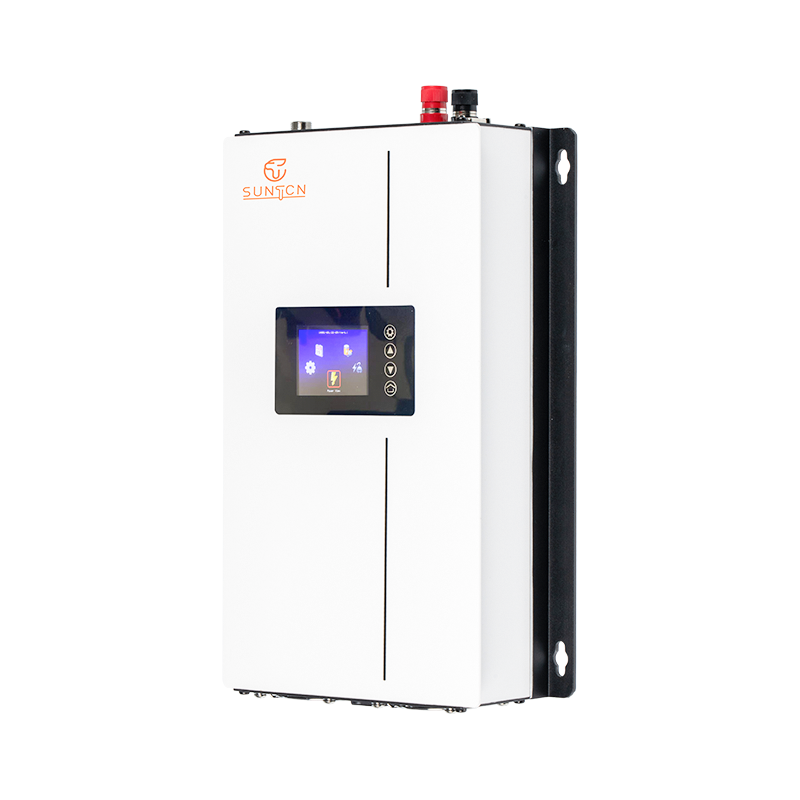
Moderate Wind Speeds:
Performance: At moderate wind speeds, the wind turbine generates a steady amount of power, providing a stable DC input to the inverter.
Efficiency: This is typically the optimal operating range for both the turbine and the inverter. The inverter can efficiently convert DC to AC power and synchronize it with the grid.
Output: The power output will be consistent and relatively high, making this the most productive range for energy generation.
High Wind Speeds:
Performance: As wind speeds increase, the power generated by the turbine also increases, up to a certain point.
Maximum Power Point Tracking (MPPT): The inverter uses MPPT technology to maximize the power output by adjusting its input parameters to match the optimal power point of the turbine.
Rated Speed and Cut-Out Speed: The turbine has a rated wind speed at which it produces maximum power. Beyond this speed, the turbine and inverter are designed to handle increased power output. However, if the wind speed exceeds the cut-out speed (a safety limit), the turbine may shut down to prevent damage, resulting in no power generation.
Variable Wind Conditions:
Performance: Wind conditions are often variable, with speeds fluctuating throughout the day.
Inverter Response: The inverter continuously adjusts to changes in the DC input from the turbine, ensuring efficient conversion and grid synchronization. Advanced inverters are designed to handle rapid fluctuations without significant loss of efficiency or stability.
Power Quality: The inverter ensures that the AC power output remains within acceptable voltage and frequency ranges, maintaining power quality despite varying input conditions.
Key Features Affecting Performance:
MPPT (Maximum Power Point Tracking): Ensures the inverter extracts the maximum possible power from the wind turbine under varying wind conditions.
Efficiency: High-efficiency inverters minimize losses during conversion, providing better performance across a range of wind speeds.
Durability: Quality inverters are built to withstand the environmental conditions associated with wind energy, including variable wind speeds and potential surges.
Grid Compatibility: The inverter must maintain synchronization with the grid despite changes in wind conditions, ensuring stable and safe power delivery.
Wind Grid Tie Inverter is designed to handle a range of wind conditions effectively, ensuring efficient energy conversion and stable power output to the grid, maximizing the overall performance of the wind energy system.

 English
English Español
Español Deutsch
Deutsch